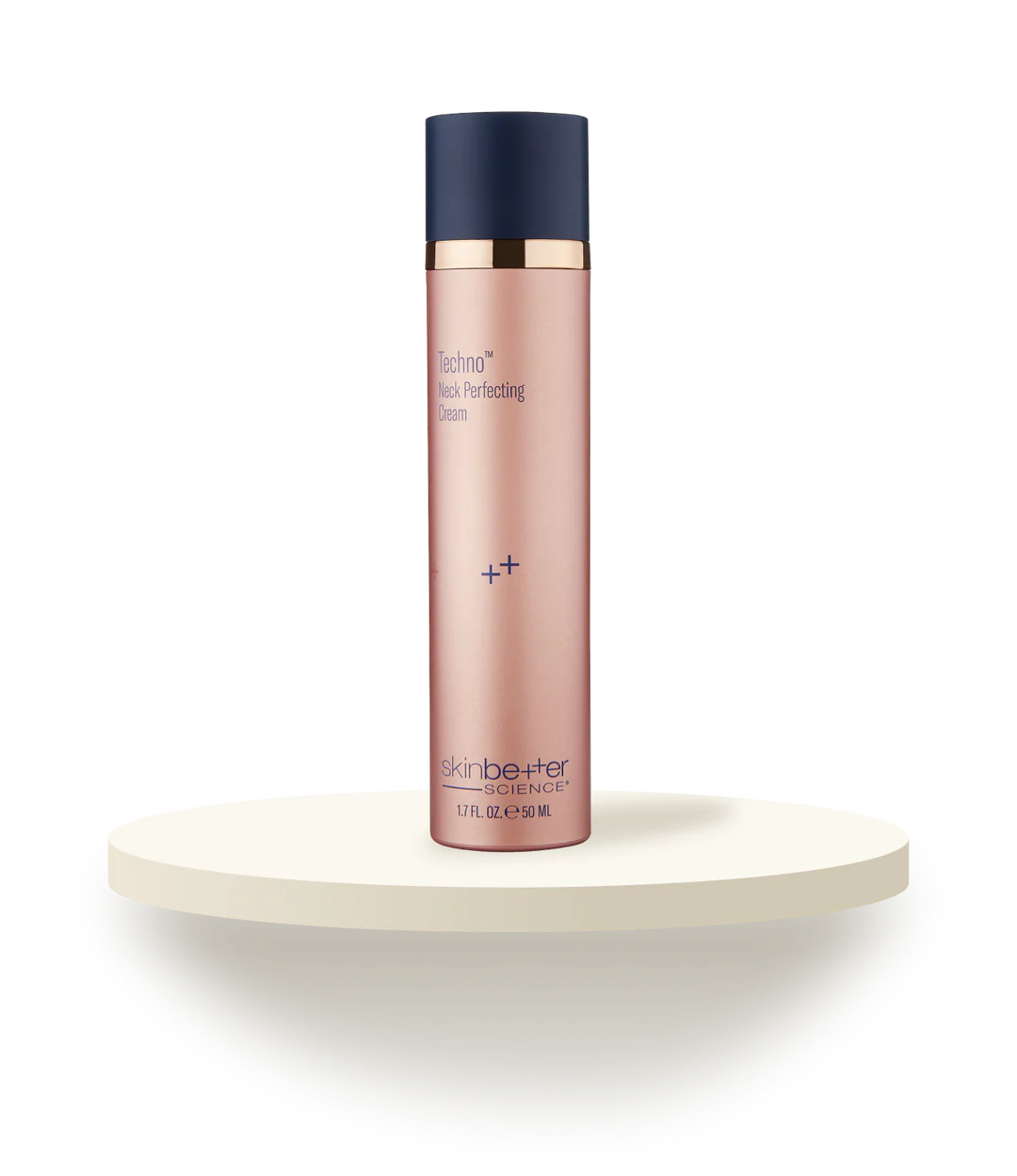Diagnosis: Are My Eyelashes Too Short?
On average, normal eyelashes consist of oval-shaped hair follicles lined up in three or four rows of 70-80 lashes across the lower lash line, and 90-160 lashes over five or six rows across the upper eyelid. In a 2015 study by researchers at the Georgia Institute of Technology, it was found that 22 species of mammals, including humans, benefit from the same eyelash ratio of one-third the measurement of the width of the eye—considered by researchers to be the optimal length of the eyelash. This ratio, researchers say, diverts incoming airflow and properly serves to protect the eye. People with eyelashes that are shorter than this ideal ratio may suffer from reduced ocular protection from airborne particles and faster evaporation of tear duct liquid, which can lead to drier eyes.
Aside from the health benefits of longer lashes, most people consider lengthier eyelashes to be more beautiful than short ones. For this reason, eyelash lengthening procedures have become very popular over the years for people with short lashes and those with average-length lashes as well. Plenty of options are available for people whose eyelashes are considered too short from a medical perspective, and for those without health issues that hope to achieve a certain aesthetic look with longer lashes.
Causes of Short Eyelashes
While some people are simply born with shorter-than-average, natural lashes, many other causes can cause them to become shorter later in life, including rough treatment of the eyelashes while removing eye makeup, not removing mascara before sleeping overnight, or tugging or pulling false lashes out.
Aging and menopause are considered to be one of the leading factors that cause shorter eyelashes due to certain hormonal imbalances that affect the growth cycle of hair follicles. Other factors include stress, lack of sleep, and allergic reactions to medications.
Many medical conditions can cause the shortening of eyelashes, including blepharitis, a condition where mites and bacteria infect the lash line. Eczema, psoriasis, and certain thyroid disorders can also interrupt the normal growth cycle of the eyelashes, causing them to fall out at a faster rate than usual.
Another medical condition that destroys hair follicles is madarosis, or total or partial eyelash hair loss. Patients with madarosis are encouraged to complete a comprehensive physical examination with a doctor to rule out a variety of local and systemic disorders, as it can often be a sign of a more serious underlying medical issue.
Treatments to Fix Short Lashes: Latisse, False Eyelashes, and Hair Transplants
While false eyelashes have existed for decades, a great number of innovative products, medications, and surgical techniques have been developed recently that offer instant and noticeable results for increasing lash length. Here are some excellent options to consider for those hoping to increase the length of their eyelashes:
Eyelash Extensions: Today’s fake eyelashes are longer-lasting, stronger, and more realistic-looking than the drugstore falsies that used to be popular in the past. Eyelash extensions are made from a variety of materials including horse hair, mink, and synthetic fibers, and are applied by a professional esthetician lash-by-lash (as opposed to strip lashes, which can look less realistic) for a very natural and long-lasting look.
Latisse®: Latisse®, or bimatoprost, is a topical ointment prescribed by physicians for patients hoping to grow their lashes longer and thicker. The ointment is applied regularly, and patients can expect to see substantial growth after a few weeks of daily use.
Eyelash Implants: Eyelash implants are a permanent solution for longer, thicker eyelashes, or to fill in sparse lash lines, as opposed to more temporary solutions like lash extensions or Latisse®, which must be applied indefinitely to keep up results. In this procedure, a cosmetic plastic surgeon will transplant lightweight hair follicles from other parts of the body—usually hair from the head or the legs, and insert them into the lash line. Individual lashes are created through the use of other hairs from the body, which are harvested using either FUT or FUE extraction methods.
Eyelash Products: Lash growth serums are available over the counter, as opposed to Latisse that requires a prescription from a doctor for usage. Revitalash®, ENHANCEMENTS Lash Boost®, and other products do not contain the active ingredient bimatoprost that Latisse® has, and are generally far less effective than Latisse® in growing longer eyelashes. They do, however, work well as a deep conditioning treatment that can fortify the lash roots and prevent early lash loss, for healthier, longer eyelashes that make eyes pop. Additionally, those that would like instant results can purchase high-quality, false lashes like Eyelure® at beauty and drugstores, or online stores.
Home Remedies
While the actual effectiveness of DIY treatments for eyelash growth and thickening are unproven, many claims to see success after a nightly treatment of castor oil, vitamin E oil, almond oil, and coconut oil applied directly to the lash line before bed. Patients may also see an improvement in the growth of their lashes by eating healthy and taking vitamin B supplements, getting enough sleep, and removing makeup (especially mascara) before going to bed at night.
Cosmetics can also effectively create the illusion of a full set of longer, thicker lashes. Lengthening mascara, eyeshadow and eyeliner applied to the outer corners of the eyes, and the use of an eyelash curler to give straight lashes a lash lift can be used to achieve striking results. Those that use makeup daily should develop a strict skin care regimen that includes the use of a makeup remover every night, especially when using waterproof mascara, and use quality cosmetics that won’t cause an allergy or more harm to the eyelash follicles.

